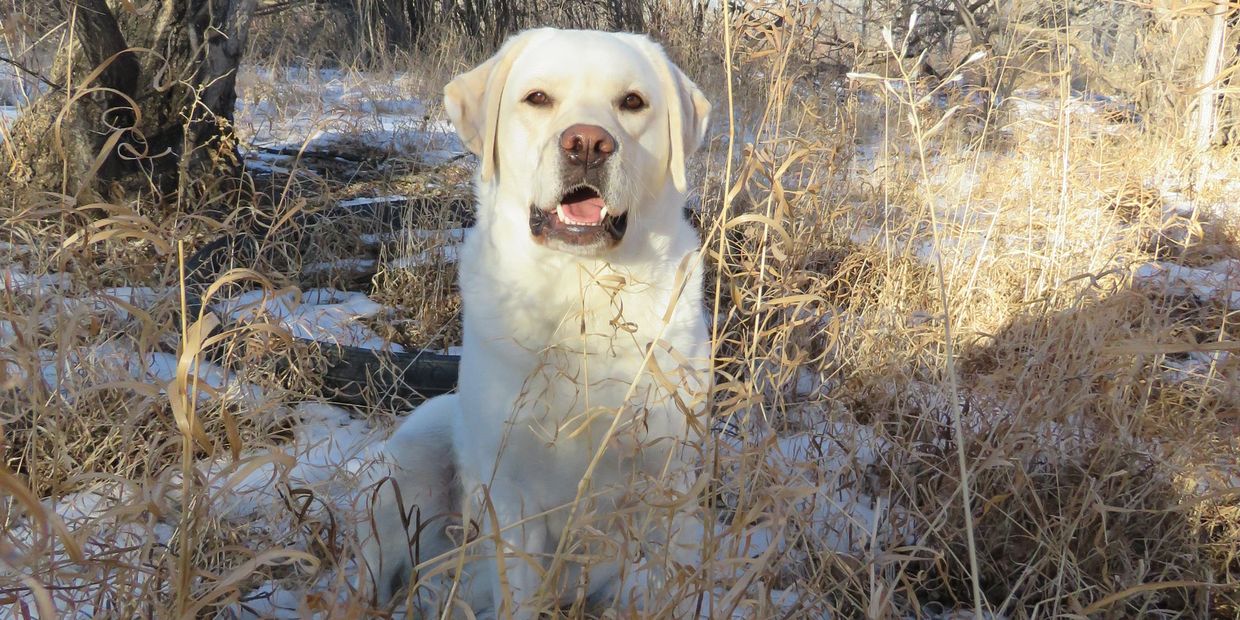Signed in as:
filler@godaddy.com
Signed in as:
filler@godaddy.com

The Labrador descended from dogs taken to Newfoundland by explorers, fishermen and settlers and evolved by natural selection. The breed was known by several names, among them the black Water Dog, the Lesser Newfoundland and the St. John’s Dog. Excellent retrievers of fish and game, they often sailed with the fishermen and in the early 1800s, English sportsmen acquired a few of the hardy dogs off the fishing boats. The British further developed the breed by crossing it with other sporting dogs, notably the Flat-coated Retriever, the Curly-coated Retriever and the Tweed Water Spaniel. It wasn’t long before the Lab took over as Britain’s most popular gun dog. The breed was first recognized by The Kennel Club (England) in 1903. In addition to its prowess as a gun dog, the Lab has distinguished itself as a police and war dog as well as a guide dog for the blind (CKC.ca)
Their gentle ways, intelligence and adaptability have done much to account for the Lab’s popularity as a pet. Their disposition is kindly and outgoing coupled with an eager-to-please nature and general non-aggressiveness (CKC.ca)
Excelling as a field dog as well as in obedience, the Labrador enjoys outdoor exercise and is especially fond of swimming. They'll happily retrieve until your arm gives out. They are a great family pet, good with children, that does well in suburban or country settings (CKC.ca)
Dogs will stand from 22.5-24.5 in (57-62 cm) at the shoulder and weigh 60-75 lb (27-34 kg). Females are slightly smaller at 21.5-23.5 in (55-60 cm) and 55-70 lb (25-31.5 kg) (CKC.ca)
The coat is short, straight, dense and feels hard to the touch (CKC.ca)
Labradors may be black, yellow or chocolate in colour (CKC.ca)
Regular brushing will help to keep the shedding under control (CKC.ca)